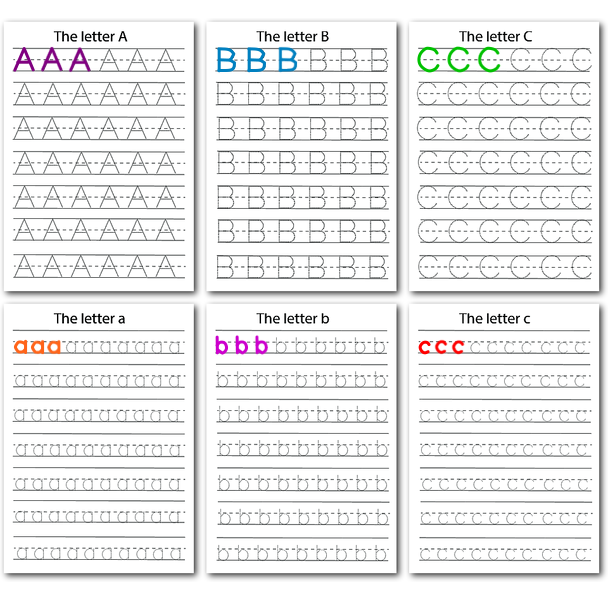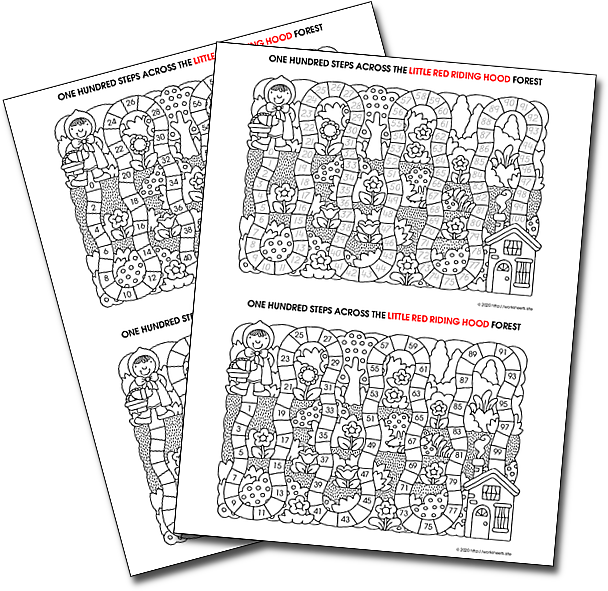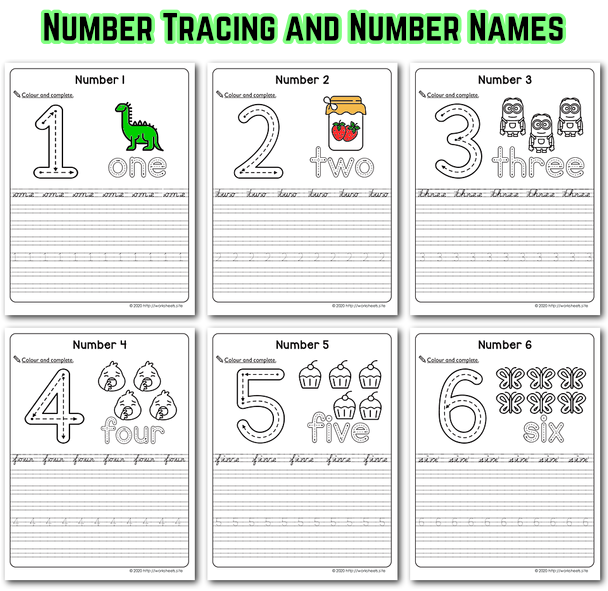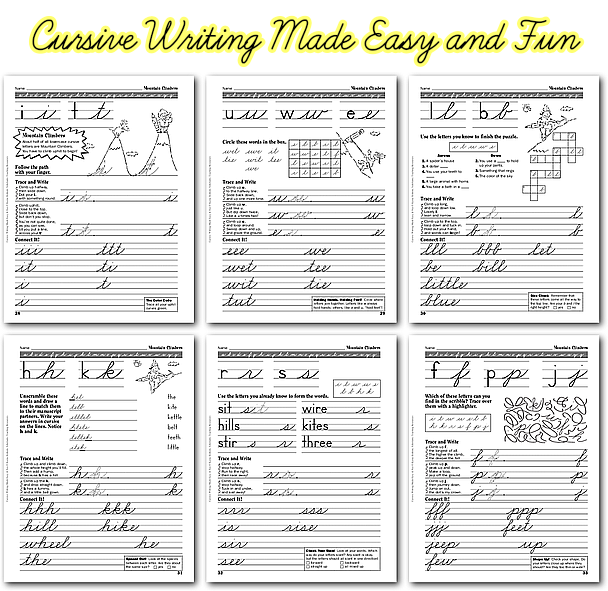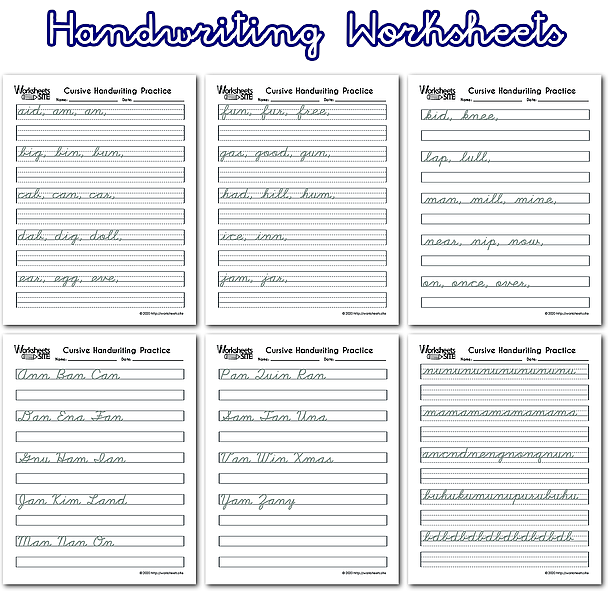Alphabet Tracing Print Style
Print handwriting style, also known as block letters, printscript, ball and stick, or manuscript, is a writing style where letters are individual glyphs and not conjoined.
Print (manuscript) handwriting is what most schools and preschools start with, for letter formation and recognition. After children are taught how to write in block letters, they sometimes advance to work with joined (cursive) writing.
Ideally, a child should not be learning to print a letter of the alphabet until these pre-writing lines (Vertical, Horizontal, Circle, Cross shape, Right/Left Diagonal Line, Square, X shape, and Triangle) are mastered. However, most children entering Kindergarten (age 5) are already expected to know how to write their names and also form most letters of the alphabet.
Print or manuscript handwriting involves hand-eye coordination as well, however, each letter starts at a new point and a student needs to be able to pick up the pencil and place it at the appropriate starting point of each letter in order to produce legible work that is also spelled correctly.
Letter reversals are also common in print or manuscript handwriting, particularly with “d” and “b”, “p” and q”, “t” and “f” etc. This is often due to under-developed visual motor skills and visual discrimination.
Capital letters are usually easier for a child to learn first since they do not involve as many circle shapes as lower case and also the starting points are typically at the top of the line.
Tracing Worksheets help your kids get off on the right foot. Tracing helps children learn the alphabet letters, numbers, shapes, patterns and lines and fine motor skills. Children love to draw and color, and what better way to learn than to follow along the dotted line. Give your kids a head start on writing, penmanship and drawing with our free Tracing Worksheets.
These five steps should guide all the letter practice in this section:
- First, preview the letter you will introduce on the board before passing out the practice sheet. Then give each child a copy of the page with the letters you are introducing. (Give out pages one at a time, staying in order.)
- Together, examine the letters students will be practicing. Slowly demonstrate each letter on the board as you tell the letter´s “story” (found at the beginning of each practice row).
- Next, have students “air trace” each letter holding their thumb and first two fingers together and forming the new letter in the air, as you tell the “story” again.
- Then, ask students to pick up their pencils and try one letter on the line provided on their paper. Monitor progress, checking to see that students have understood the basic strokes. If they haven´t, take each student´s hand in yours and, one by one, guide it through the strokes.
- Invite students to complete one row of the letter, compare it to the model, and circle their best letter in the row.
- Complete the rest of the rows.
This download contains the booklet ![[PDF Document]](innards/pdf.png) with all of the worksheets needed to learn and practice script writing. Use the password worksheets.site to open the PDF file.
with all of the worksheets needed to learn and practice script writing. Use the password worksheets.site to open the PDF file.
